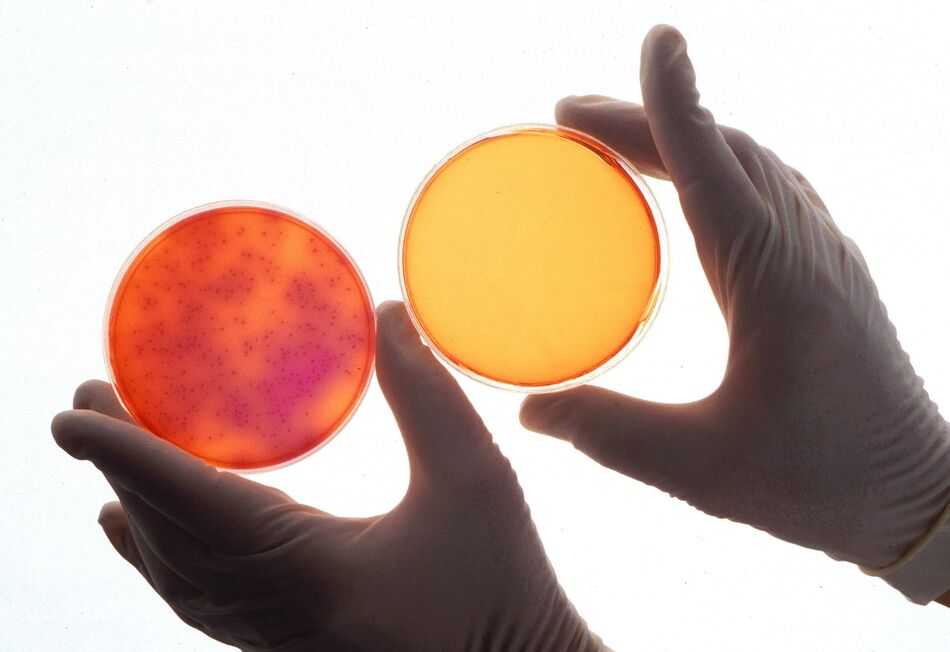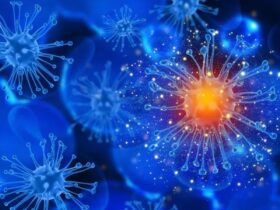The plastic of our computers and devices is difficult to recycle, but now a new study opens the way for its innovative use
Plastic found in e-waste is rarely recycled due to its complex composition and hazardous additives. But scientists have now developed a new use for it; reusing it as an alternative to the plastic used in laboratory cell culture containers, such as Petri dishes. These findings, described in a study published in the scientific journal Science of the Total Environment, indicate a potential new sustainable use of e-waste plastic, which accounts for about 20% of the approximately 50 million plastic thrown away worldwide each year.

Tons of research waste
The biomedical research it is a fundamental tool for improving the conditions of human life, but many of the technologies used involve the use of plastics. A 2015 study estimated that 5.5 million tons of waste of plastics are generated by research labs globally every year. Reuse the electronic waste in laboratories it would not only allow it to be recovered but would also help reduce the amount of plastic waste generated by researchers. Since plastics are a key component of production and logistics processes, we urgently need sustainable solutions to waste to mitigate the impact onenvironment and social costs. Innovative solutions therefore serve to develop a circular economy of plastics. Furthermore, NTU scientists’ research into turning waste into a resource is in line with the Sustainability Manifesto and the vision of the University planned for 2025.

E-waste plastic encourages healthy cell growth
For this study, the NTU team used plastic recovered from electronic waste collected from a recycling facility waste local. They then recovered three different types of e-waste plastic: the keyboard buttons, the diffuser sheets of LCD screens with a relatively flat and smooth surface, and the prism sheet, of the LCDs themselves, which instead have highly aligned ridges. THE researchers they recycled and sterilized the plastics by creating circular discs of 1.1cm in diameter. On these discs they then sowed cell stem cells human. A week later, the scientists found that over 95% of the stem cells remained alive, a result comparable to experimental control of stem cells grown on classic commercially available Petri dishes. Cells grown from electronic waste also retained the ability to differentiate into bone, blood, nerve and other cells.
The surface characteristics of the plastic affect the growth of stem cells
Stem cells can undergo the differentiation under the right conditions in the body or in a laboratory. One way to facilitate this process in the laboratory is to add a medium that “pushes” the stem cells in a certain direction. To study the effect of e-waste plastics on stem cell differentiation, the researchers added two different soil types. One type causes stem cells to grow into cellule adipose and the other pushes them to become cell bone. After two weeks, the cells grown on recycled plastic had differentiated like cells grown on classic Petri dishes. Scientists also found that stem cells grown on the keyboard plastic e of the diffuser sheet they were more likely to develop into bone cells, while stem cells grown on the prism-derived sheet were more likely to develop into fat cells.
Going forward, the NTU team aims to further improve the recycling processes of e-waste plastics to enhance their biotechnology applications. This would help promote sustainable research practices and turn trash into a resource.
Follow us in our section science for other news!















Leave a Reply
View Comments